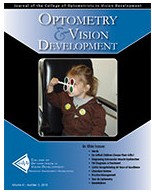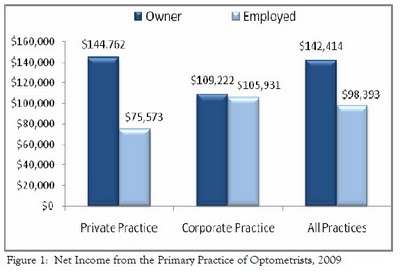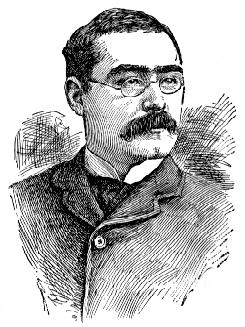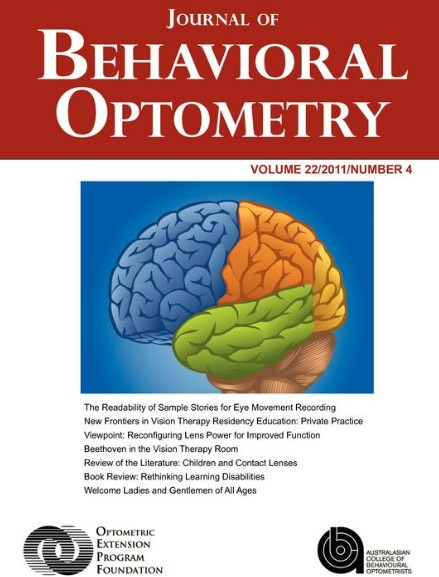College of Optometrists in Vision Development
41st Annual Meeting October 25-29, 2011
The
deadline for
early registration for the COVD 41st Annual Meeting ends
August 30. Register now and save.
Tropicana
Las Vegas, Nevada
Reserve Your Room & Save on Meeting Registration
Stay at the Tropicana and receive a $200 meeting registration discount. Contact COVD and provide your hotel confirmation number to get the Annual Meeting registration discount code. Make your hotel reservations today!
COVD 41st Annual Meeting Highlights
General Education Highlights
"Top To Bottom": Applying Neuroscience to Enhance Visual Therapy Procedures for Patients with "Brain Filtering Deficits"
Allen Cohen, OD, FCOVD
Myopia: Current Theories of Treatment and Treatment; and Intermittent Exotropia Based Upon Sensory Motor Findings
Jeffrey Cooper, MS, OD
Optometric Management of Patients who have Autism: How to Meet Their Visual Needs Without Letting Autism Get in the Way
Rachel (Stacey) Coulter, OD, FCOVD
Saccade Vergence Eye Movements: Development, Aging, and Dysfunction
Zoi Kapoula, PhD
Infantile Esotropia: Its Origin, Diagnosis, and Potential Therapies
W.C. Maples, OD, FCOVD
Rethinking Learning Disabilities: A Developmental Perspective
Deborah Waber, PhD
Clinical Discussion Forum - Visual Secrets for Improving Math Skills
Kellye Knueppel, OD, FCOVD
Brenda Montecalvo, OD, FCOVD
Applied Concepts - October 25 & 26, 2011
Acquired Brain Injury
Drs. Allen Cohen, Ken Ciuffreda, & Neera Kapoor
Visual Information Acquisition
Dr. Carl Hillier
Therapy Techniques
Drs. W.C. Maples & Wanda Vaughn
Strabismus & Amblyopia
Dr. Robert Sanet
Learning Related Vision Problems
Dr. Nancy Torgerson
Annual Meeting Highlights
NEW - Social Media Workshop - October 26, 2011
Drs. Nate Bonilla Warford & Ruth Villeneuve
Joint COVD/OEP Symposium
Panel: "To Accept Insurance or be a Non-Participating Provider? That is the question!"
19 Hours of Clinical Education Available
Vision Therapist Education Session: Womb to Tomb
Dr. Sue Lowe & Lauri Atencio
Special Speaker - Friday, October 28, 2011
Jillian's Story: How Vision Therapy Changed My Daughter's Life with Mrs. Robin Benoit, Author
Register Now
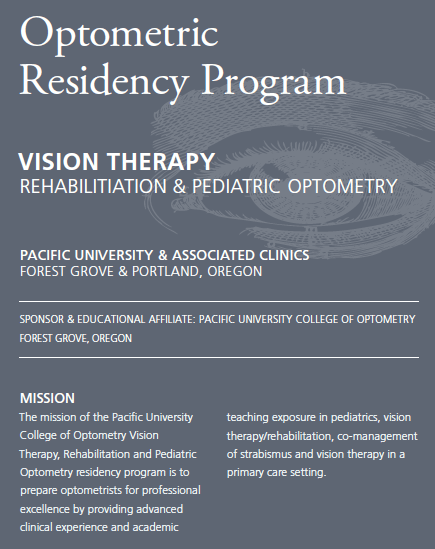

 My friend and colleague (and
My friend and colleague (and 
